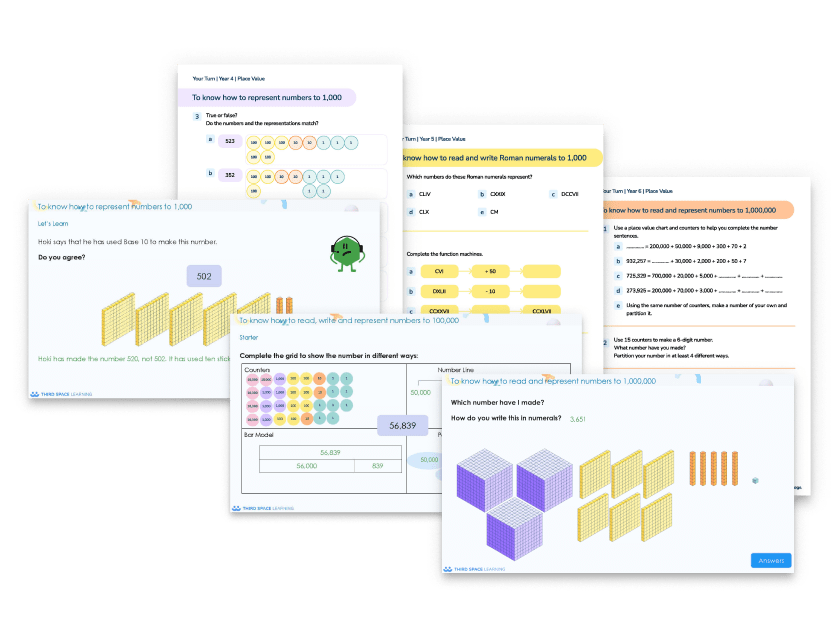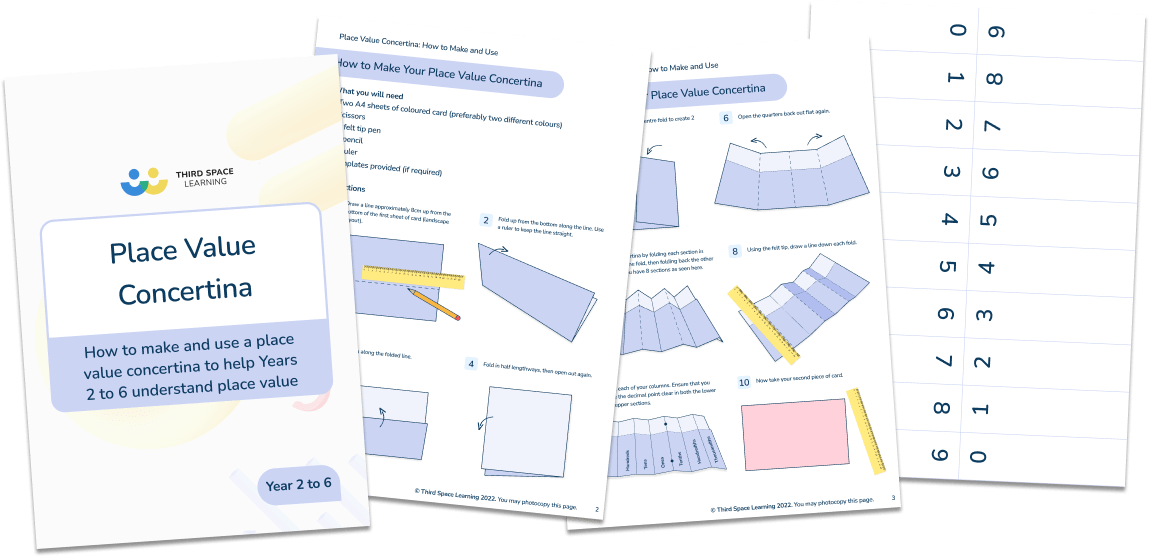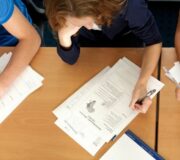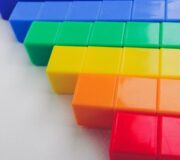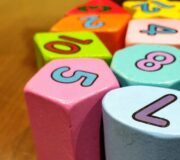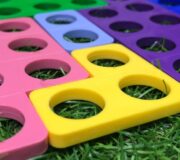Quick Guide To Place Value In KS1 And KS2: Learning Objectives From The National Curriculum
This guide to the KS1 and KS2 place value learning objectives from the national curriculum is essential if you want to ensure a coherent maths curriculum across your school.
The national curriculum sets out which elements of place value pupils should learn, from Year 1 right up to Year 5, and in our experience this foundational knowledge is still tripping pupils up in Year 6.
This article provides the nuts and bolts of your place value planning for Year 1 pupils to Year 6, together with useful place value activities and an essential place value grid you can copy or download to support your pupils learning tens, hundreds, thousands, all the way to millions.
If you’re looking for something more in-depth read this article on teaching place value at KS2; we’ve also got a straightforward guide for if you need to refresh yourself on the basics of place value. And if you’re looking for something more practical, check out our collection of place value worksheets for KS1 and KS2.
Place value in the KS1 and KS2 national curriculum
So, here’s a quick and easy guide to help you with your maths planning for your own place value lessons, showing how the primary national curriculum breaks down place value across the Key Stage 1 and Key Stage 2 programmes of study for maths.
It also includes tried and tested place value activities for Year 1 – Year 4, so you will be able to bring some new activities into your classroom this school year.
Year 1 place value learning objectives
Programme of study
- Pupils should be taught to: count to and across 100, forwards and backwards, beginning with 0 or 1, or from any given number
Non-statutory guidance
- In Year 1, pupils should begin to recognise place value in numbers beyond 20 by reading, writing, counting and comparing numbers up to 10
- This should be supported by objects and pictorial representations.

Unlimited primary maths tutoring with Skye, the voice-based AI maths tutor.
Built on the same principles, pedagogy and curriculum as our traditional tutoring, but with more flexibility, reach and lower cost.
Join the schools already helping hundreds of primary pupils nationwide with Skye’s one to one maths tutoring.
Watch Skye in actionTeaching place value Year 1
In our experience, the answer to teaching place value in Year 1 is to keep things as simple as possible.
Year 1 pupils may start to recognise place value when working with coins, but a good way to explain the topic in more explicit terms is by using beads.
One idea is to use strings of beads in sets of ten. You should use alternating colours of beads every ten, and then have a number of single beads at the end.
The task for the pupils is then to count how many sets of ten and then how many ones are in the string of beads.
Year 1 is also an excellent time to introduce pupils to numicon and the other maths manipulatives and concrete resources they will continue to use throughout their time at primary school.
Year 1 place value activity
To help build on the skills learned in earlier years, Year 1 pupils need to be able to confidently sort groups by characteristics before bringing counting into the mix.
This can be done by making use of many of the items you already have available in the school, including the pupils themselves!
You should begin by gathering groups of items that all have something in common that the pupils will then be able to group as they see fit.
Ideas could include:
- Fruit and vegetables from the school kitchen
- Coloured pens and pencils
- Pipe cleaners
- Different classroom books
- The pupils in your class
Once you have gathered these items (or people!) it’s time to ask your class two questions:
- How can you sort the objects?
- How have you grouped the objects?
This will give you an insight into how your pupils are thinking when it comes to ordering things by characteristics, which is a key element of learning place value.
Read more:
- Place Value Games: 9 Brilliantly Fun Place Value Games To Use This Term
- Place Value Activities: The Best Place Value Grid Ever – Your Free Printable Place Value Concertina
- Place Value Questions: 75 SATs Questions on Place Value, Fractions, Addition and Subtraction
Year 2 place value learning objectives
Programme of study
- In Year 2 pupils should be taught to recognise the place value of each digit in a two-digit number (tens, ones). Pupils should also be taught to use place value and number facts to solve problems.
Non-statutory guidance
- Recording addition and subtraction in columns supports place value and prepares pupils for formal written methods with larger numbers.
- They connect the 10 multiplication table to place value, and the 5 multiplication table to the divisions on the clock face.
Teaching place value Year 2
In Year 2, place value teaching is more explicit in the programme of study with pupils expected to recognise place value and to apply the knowledge to addition and subtraction.
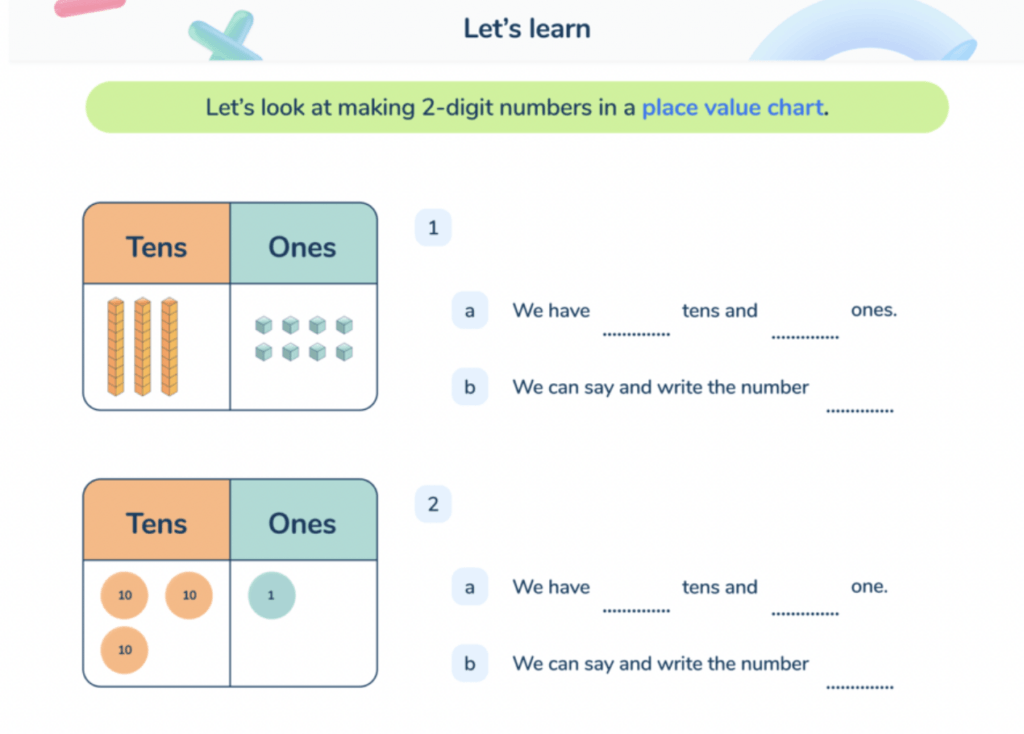
Simple place value cards are invaluable at this stage – a classic resource which is easy to use and begins to also introduce the idea of partitioning large numbers.
Column addition also helps to embed the concept of place value when working on sums. You can now find a number of online free versions of this resource which is great for use on an interactive white board.
A set of place value cards is one of the essential hands-on maths manipulatives every classroom should have. Check out our Ultimate Guide to Hands on Maths Manipulatives, for the other 14!
Year 2 place value activity
To keep building on the skills learned in Year 1 place value lessons, your pupils need to be able to count various objects up to 100 using both words and numerals.
A simple way to cement this is with numerical and written cards. By having a set of cards in the classroom that count up from 1-100 in both written and numerical forms, you can ask your pupils to partake in a basic matching game.
Lay out a selection of numerical cards with their written counterparts on a table and ask your pupils to match the correct numerals to the corresponding words.
If pupils can complete this task, it demonstrates that they are secure in their knowledge of counting objects up to 100.
Year 3 place value learning objectives
Programme of study
- In Year 3 place value, pupils should be taught to recognise the place value of each digit in a three-digit number (hundreds, tens, ones).
Non-statutory guidance
- Pupils will use larger numbers up to at least 1000. They will also be applying partitioning related to place value using varied and increasingly complex problems, building on work in Year 2 (for example, 146 = 100 + 40 + 6, 146 = 130 + 16).
- Pupils will use their understanding of place value and partitioning, and practise using columnar addition and subtraction with increasingly large numbers up to three digits to become fluent.
- Pupils will connect tenths to place value, decimal measures and to division by 10.
Teaching place value Year 3
Again in Year 3, place value cards are essential for embedding the concepts of applying place value to addition and subtraction.
Our favourite way is first to use this amazing make it yourself place value grid – a place value concertina.
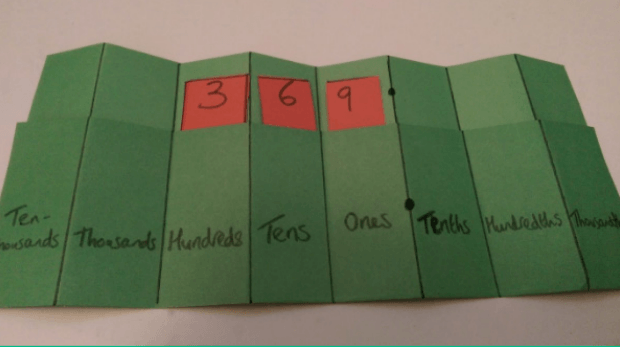
Place Value Concertina Resource
Banish the misconception 'to times a number by ten, add zero' forever with our quick and easy Place Value Concertina Resource. It includes a guide on how to make and use it with your class, so all that's left for you to do is download now!
Download Free Now!Ask each child to think of their own 3-digit number in the concertina then, working with their partner, get them to add one number to the other or subtract one from the other.
The concertina will also help to introduce decimal places into the mix and ensure that their sound understanding of place value continues into this much trickier area.
You may also like these place value dice, a great resource for children to find new numbers to use in their own addition and subtraction problems.
These dice are also a great way to introduce reverse partitioning, as pupils need to take the values of the dice and correctly place them when writing the number down.
Year 3 place value activity
Year 3 is the time when pupils should begin to understand that a 3-digit number is made up of 100s, 10s and 1s.
To help them do this, now is a great time to introduce the place value grid. This simple place value teaching technique is seen in classrooms up and down the country, and all you need for it is a whiteboard/sheet of paper and Dienes (place ten) blocks.
On your whiteboard/sheet of paper, create a grid that is broken down into 3 columns, one labelled Hundreds, one labelled Tens and one labelled Ones.
Then, using the Dienes blocks you can:
• Lay down different amounts in each column and ask pupils, “What is the value of the number represented in the place value chart?” Make sure they write the answer in both numerals and words!
• Ask pupils to complete the place value grid so that it shows a certain number. e.g. Place 200 blocks in the Hundreds column, leave the Tens column blank and then place 4 blocks in the Ones column. Then ask your pupils to complete the grid so that is represents the number 254.
Year 4 place value learning objectives
Programme of Study
- In Year 4, pupils should be taught to recognise the place value of each digit in a four-digit number (thousands, hundreds, tens, and ones).
- Pupils should also be taught to read Roman numerals to 100 (I to C) and know that over time, the numeral system changed to include the concept of zero and place value.
- Pupils should be taught to use place value, known and derived facts to multiply and divide mentally, including: multiplying by 0 and 1; dividing by 1; multiplying together three numbers.
Non-statutory guidance
- Using a variety of representations, including measures, pupils become fluent in the order and place value of numbers beyond 1000, including counting in tens and hundreds, and maintaining fluency in other multiples through varied and frequent practice.
- Pupils should connect hundredths to tenths, place value and decimal measure.
Teaching place value Year 4
By Year 4, the concepts taught in previous years should be fluent and well embedded. Now is the time to ensure no child is left with any misconceptions!
After Year 4, it is assumed in the programme of study that the explicit teaching of place value is no longer needed and that pupils can fluently apply their knowledge to problems involving all four number operations.
Again, the Place Value Concertina is a great way to test the misconception especially when multiplying and dividing by 10.
As well as using the concertina and place value cards for partitioning, you can also use dominoes with children who are finding the concept tricky – this will show that even one digit numbers can be partitioned i.e. 5 and 3 = 8 using a domino.
Then move this up to the tens and hundreds. It is an important time to work on a number of versions of rounding up or down for all operations.
For example, when solving 32 x 12 they may find it easier to partition this and work out 30 x 10 or 32 x 10 to start with. Having a sound understanding of place value and partitioning will help immensely with mental maths.
Year 4 place value activity
A simple task to help children cement their knowledge of multiples of 100 is through a number line.
On the whiteboard you should draw a line with arrows at the end, book ended by two “100” numbers. In this example we will use 200 and 300.
Then, between the two “100” numbers, add in a selection of numbers that come between them and ask the question, “Is each number closer to 200 or 300?”
This is a simple and time effective way to judge how comfortable your pupils are when rounding up and down, and to see how cemented their knowledge is when it comes to knowing the place value of 100’s.

Year 5 place value learning objectives
Programme of study
- Pupils should be taught to read, write, order and compare numbers to at least 1 000 000 and determine the value of each digit in Year 5.
Non-statutory guidance
- In Year 5, pupils should identify the place value in large whole numbers. Pupils should use their knowledge of place value, multiplication and division to convert between standard units.
Teaching place value Year 5
There is now no explicit teaching of place value in Year 5. The guidance mentions it twice and assumes the knowledge is there and being used.
There is still plenty of time for revision, however. The use of money in Year 5 is particularly good to help any children still struggling and problems involving buying their favourite items at the shop can help!
Recommended article: Step by step guidance on teaching place value in Year 5 and Year 6 for interventions, whatever pupils’ starting point.
Year 6 place value learning objectives
Programme of study
- Pupils should be taught to read, write, order and compare numbers up to 10 000 000 and determine the value of each digit
Non-statutory guidance
- Year 6 pupils should use the whole number system, including saying, reading and writing numbers accurately.
Teaching place value Year 6
Teaching place value in Year 6 is really a case of revising concepts that children should already know, identifying gaps in their place value understanding and attempting to fill those gaps as they arise.
We recommended doing lots of place value problems in Year 6 to ensure pupils understand place value in every context.
Recommended free resource: Year 6 Place Value Word Problems.
This article is one of many written to support primary school teachers and leaders following a maths mastery approach to KS2 maths. Other topics covered include teaching time, teaching the long division method, and the how to do long multiplication, among others.
DO YOU HAVE STUDENTS WHO NEED MORE SUPPORT IN MATHS?
Skye – our AI maths tutor built by teachers – gives students personalised one-to-one lessons that address learning gaps and build confidence.
Since 2013 we’ve taught over 2 million hours of maths lessons to more than 170,000 students to help them become fluent, able mathematicians.
Explore our AI maths tutoring or find out about a primary school maths tutor for your school.
